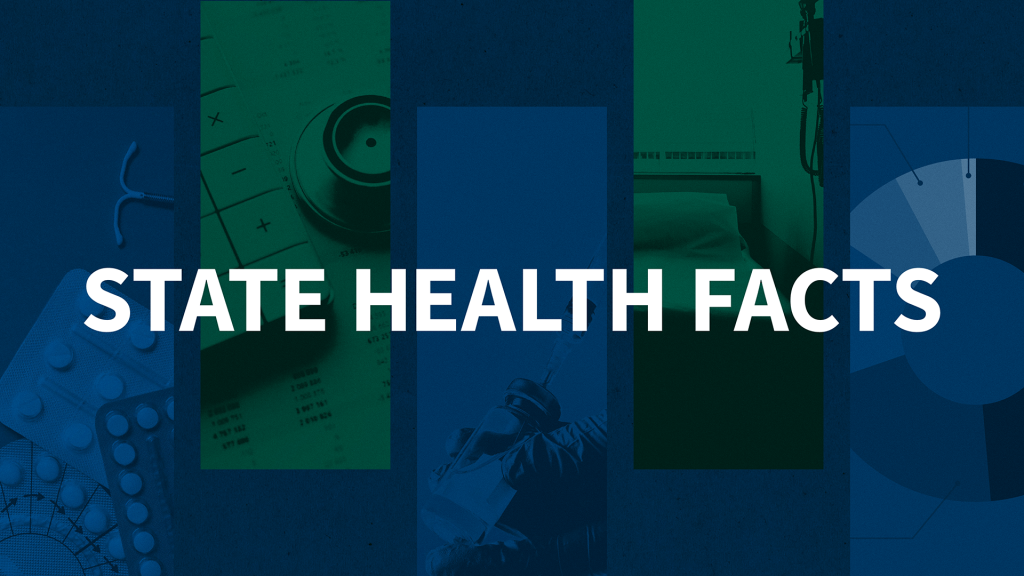Modifying Medicare’s Benefit Design: What’s the Impact on Beneficiaries and Spending?
This report examines an approach to reforming Medicare that has been a focus of Congressional hearings and featured in several broader debt reduction and entitlement reform proposals, and was included in the June 2016 House Republican health plan. The analysis models four different options for modifying Medicare's benefit design, all of which include a single deductible, modified cost-sharing requirements, a new cost-sharing limit, and a prohibition on first-dollar Medigap coverage. The analysis models the expected effects on out-of-pocket spending by beneficiaries in traditional Medicare, and assesses how each option is expected to affect spending by the federal government, state Medicaid programs, employers, and other payers, assuming full implementation in 2018.
